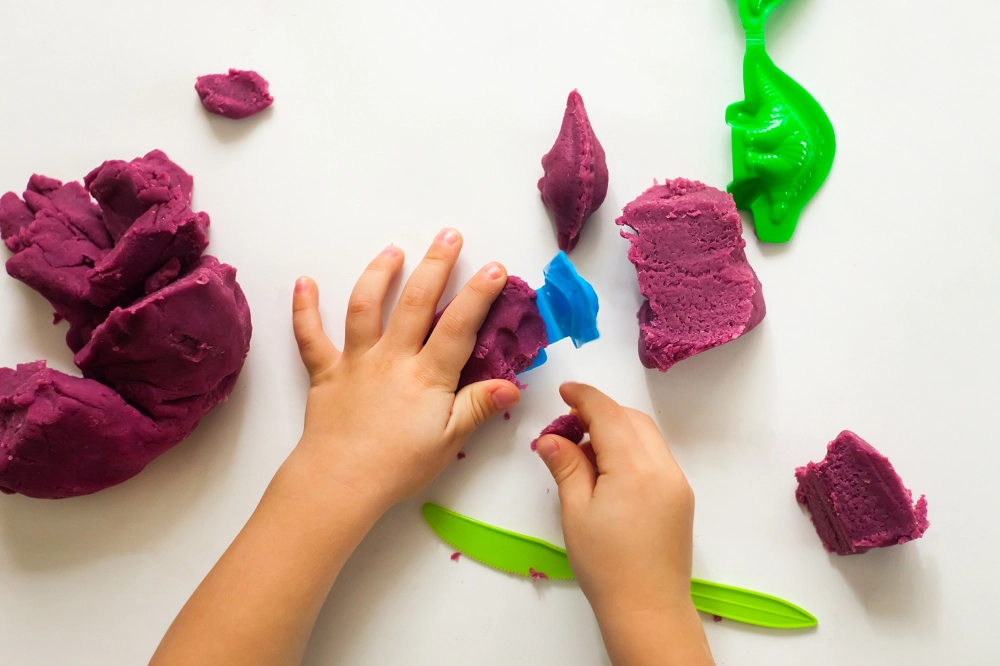While some of my younger clients are indeed comfortable sitting on my couch and talking for a full session, more often than not an environment that incorporates play into the therapeutic relationship is more productive and welcoming for young children.
For some, depending on their personality and developmental level, play is more of an “ice breaker,” or a non-threatening way to help them feel comfortable opening up to a therapist. They play with their guardians and their teachers, so this familiar activity can help them feel at ease. In these scenarios, we may actually be engaging in more traditional “talk therapy”—we just happen to be playing a game at the same time.
For other children, the play itself may be the main therapeutic focus. Children will often act out events and emotions that are occurring in reality in the parallel universe of play. The therapist can then communicate with them by participating in the game, guiding the child to work through feelings and struggles indirectly.
And for all children, play therapy allows them to express concepts or feelings that are difficult to put into words, gives them the undivided attention of an adult who isn’t a parent or teacher, and provides them with a safe, accepting space to be themselves. With these conditions, children can experience enormous growth, learning key emotional skills that they can one day carry with them into their adult lives.



